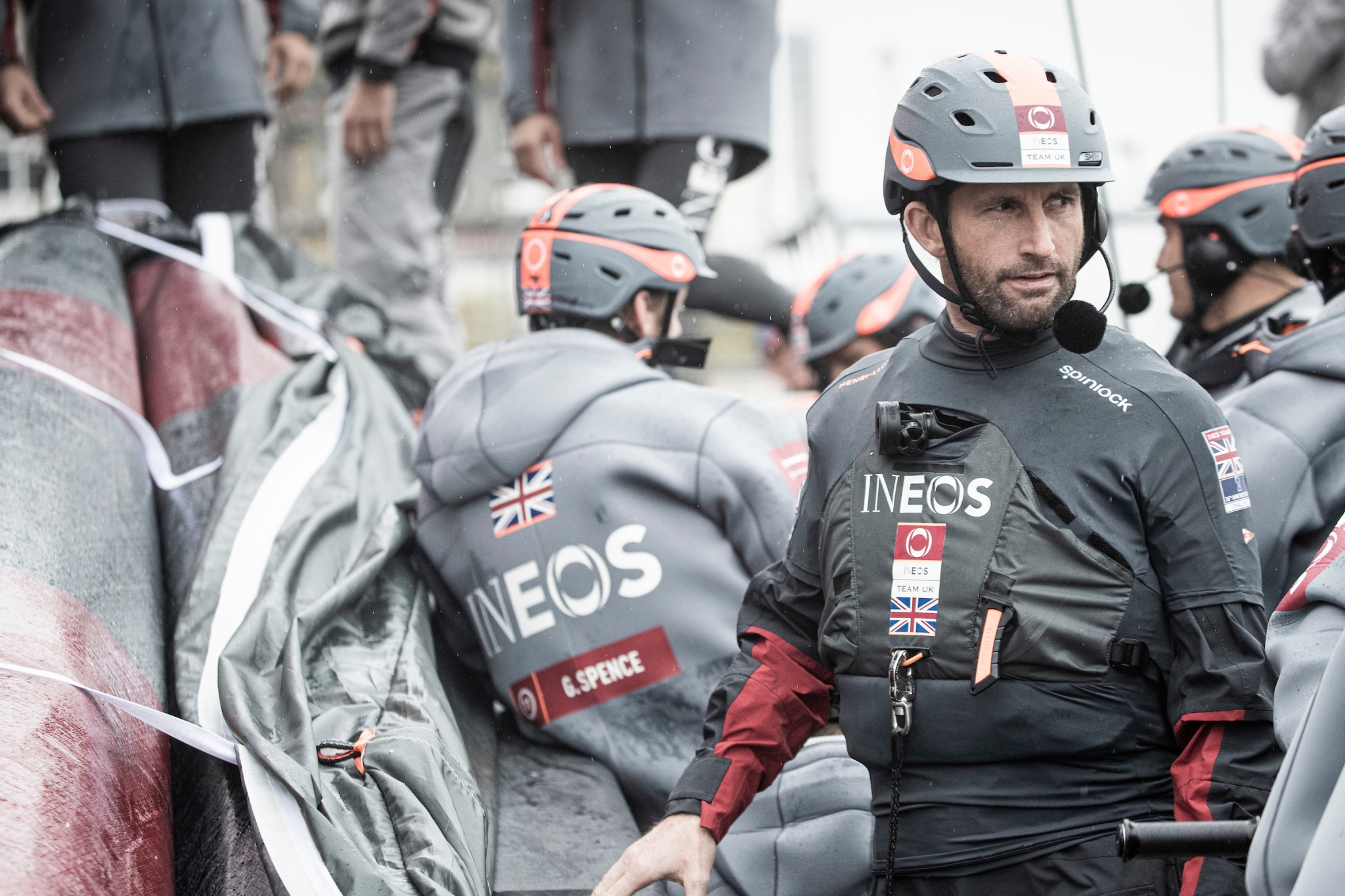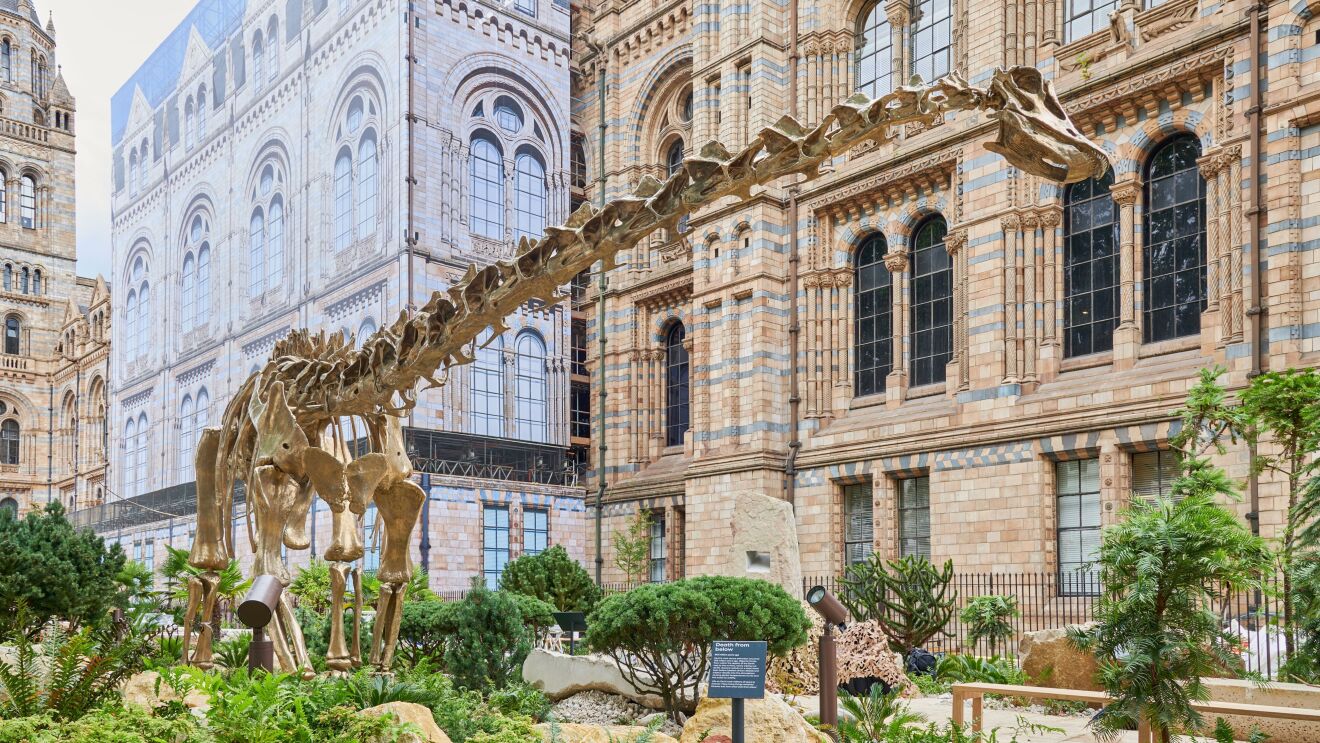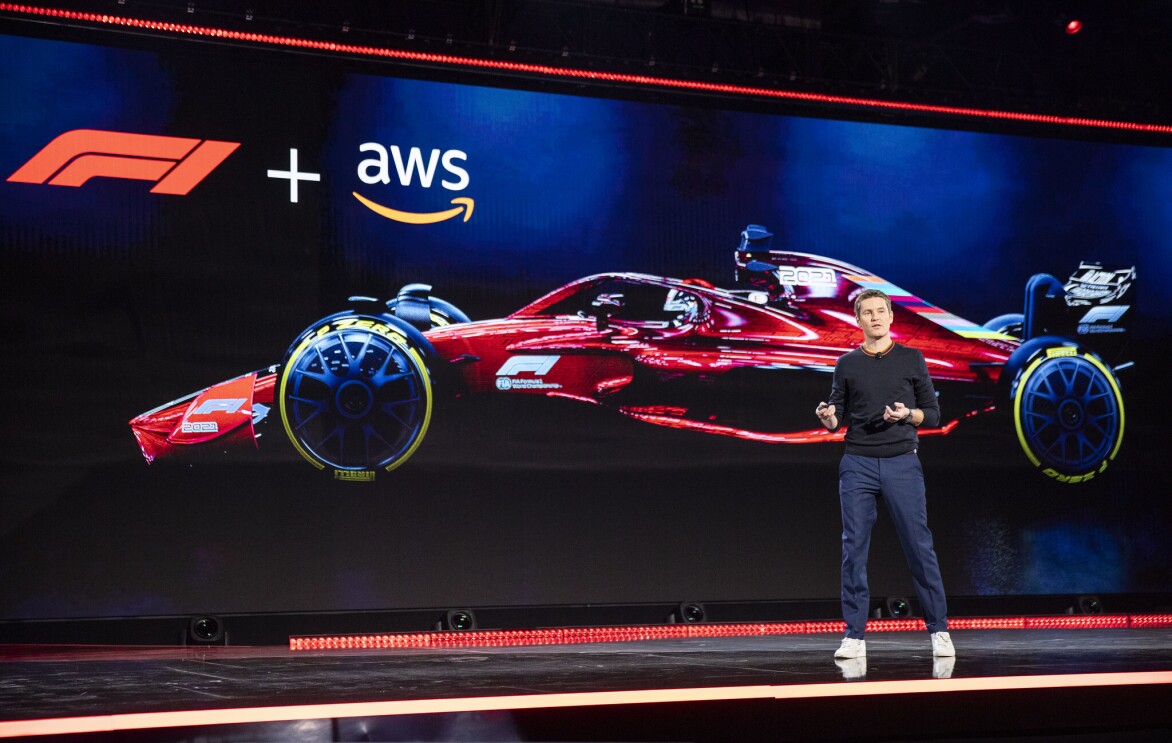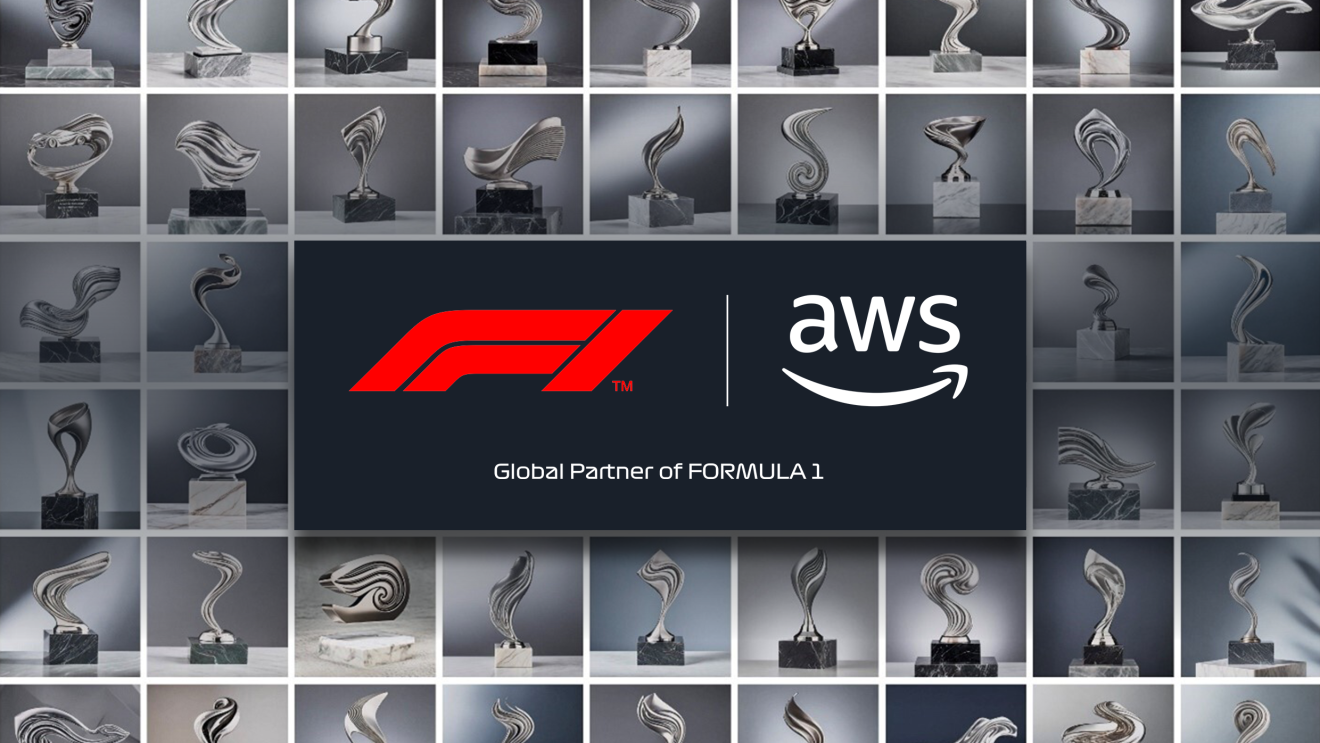INEOS TEAM UK is on a mission to become the first British sailing team to win the America’s Cup – the world’s oldest international sporting trophy – and it has selected AWS as its official cloud computing provider in order to gain a competitive edge.
 The AC75 challenger boat rising above the water level.
The AC75 challenger boat rising above the water level. The team is leveraging AWS’s high performance computing (HPC) to design, test, and optimise its AC75 challenger boat. AC75s are the revolutionary new breed of ‘flying’ yachts, which rise out of the water on hydrofoils. With a 75-foot monohull and a fixed wing-sail the height of a seven-storey building, these racing boats can reach speeds around 46 knots (53 mph or 85 km/h).
Designing such an advanced sailing boat requires high levels of engineering, innovation and computing power. New rules for the competition next year state that teams cannot test their vessels in water or in a wind tunnel, which means they have to depend on technology and simulations to design and refine their boat.
At the same time, the COVID-19 pandemic has presented its own set of challenges as teams have spent less time training and racing after events were cancelled around the world.
Simulating at speed
Thanks to AWS, INEOS TEAM UK has been able to test and optimise its AC75 challenger boat in spite of these restrictions. “In recent months, due to the COVID-19 pandemic, the team has spent less time on the water than usual, meaning our simulation work with AWS has become more important than ever,” explained Sir Ben Ainslie, INEOS TEAM UK’s Team Principal and Skipper.
The team uses Computational Fluid Dynamics (CFD) to model the aerodynamics of its boat while racing, simulating the impact of air and liquid on objects such as the boat’s keel, rudder, hull, and sails.
Using AWS HPC to run CFD, engineers have been able to carry out up to 1,200 detailed simulations a day – twenty times more than was previously possible and at a fraction of the cost.
Solving the ‘physics puzzle’
“The beauty of computational methods is that you can go inside the data and start to interrogate it,” says Nick Holroyd, Chief Designer, INEOS TEAM UK.
 A virtual image of the AC75 challenger boat showing wind simulation ribbons which are being generated using AWS.
A virtual image of the AC75 challenger boat showing wind simulation ribbons which are being generated using AWS.“Previously we would have seen simulations as complementary to other methods, but now we rely on computational methods alone. That means we have to capture all the physics of a specific problem to build a clear picture of what’s happening.”
“When we model a boat, we create a central physics model for each part of it, including the hull, the sails, the weight and windage of the crew, and the drag of the foils going through the water. We build a ‘force model’ for each of those components, and then we can do several useful things with that model.”
“For example, we can take the same physics and put a set of virtual reality (VR) goggles on three or four guys down in the simulator room and have the crew and a human-in-the-loop simulator, so they are in the environment. They can use the steering wheel, or the controls and they can interact with the physics model as if they're sailing a boat,” he explains.
These VR test runs can help the team to spot any optimisation issues and make any necessary physical or performance changes to maximise efficiency and speed when travelling around the lap.
Unmatched power
By using the cloud, INEOS TEAM UK are able to reduce the computational turnaround time of simulations from months to days, giving the team more time to test the efficacy of different designs in hundreds of possible racing scenarios.

“They say that ‘time cannot be bought,’ but by working with AWS, we can do just that,” adds Nick. “Much of the external shape of our boat will have gone through CFD simulations created using the unmatched power of the AWS cloud.”
The America’s Cup is the world’s oldest international sporting trophy, dating back to 1851 when Queen Victoria and Prince Albert invited the New York Yacht Club to compete against the British fleet in a race around the Isle of Wight.
America won the inaugural race, and ever since, countries around the world have put their best technical minds to the test. Only four nations have ever held the trophy – and a British team has never won it.
Led by former Olympian Sir Ben Ainslie, INEOS TEAM UK was established with the mission to bring the trophy to the United Kingdom at the 36th challenge of the America’s Cup in New Zealand, 2021.
By leveraging AWS’s limitless compute power, scalability and resilience, we believe we’re in a strong position to design the boat that can bring the America’s Cup back home to Britain.
Nick Holroyd, Chief Designer, INEOS TEAM UK
Revolutionising sport
AWS technology is used by a number of other sporting organisations to bring technical innovation to their industry.
Formula 1 is using AWS to develop the next generation of race cars and transform the viewing experience. The Guinness Six Nations Rugby Championship competition and Germany’s Bundesliga are using AWS to bring fans closer to the action of the game and deliver deeper insights. In America, the NFL is using AWS to bring advanced stats to fans, players, and the league to improve player health and safety initiatives using AI and machine learning.







